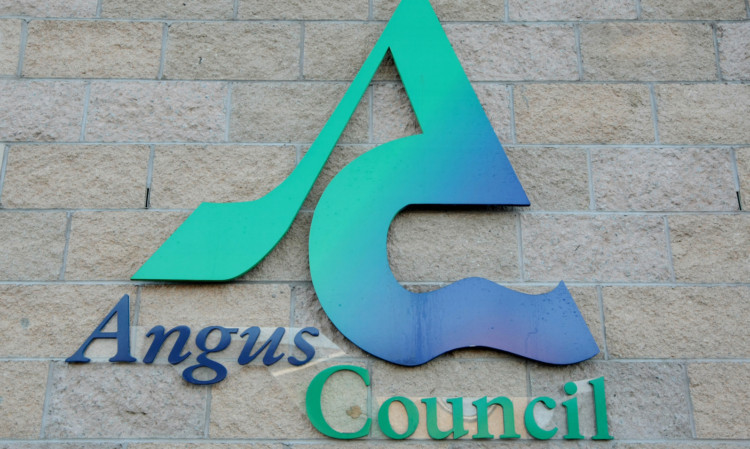Councillors and council officials in Angus have branded a hike in sickness absence rates “unwelcome” and “disappointing”.
A report to be considered by Angus Council’s scrutiny and audit committee on Tuesday reveals the authority spent more than £4 million on sick days for the second year in a row during 2012/13.
Author of the report, strategic director of resources Mark Armstrong said: “Short-term absence can cause serious disruption to efficiency at every level of operation, as it inevitably impacts on others attending work and makes it difficult to maintain service delivery standards.
“Accordingly, any reduction in absence levels can result in non-cash savings, in terms of reduced disruption to service delivery, as well as the direct cost reduction.
“This year’s absence figure is a 4% increase on last year’s performance. Clearly, this is unwelcome, given the operational and financial consequences of absence.”
Major causes of absences were stress-related, stomach conditions, colds and flu, respiratory/circulatory, heart conditions and lower-limb problems.
The overall cost of sick pay was £4,063,985 an increase of £28,757 (0.71%) which included statutory pay of £687,685 and occupational sickness allowance payments.
Direct sick pay represented 3.31% of the council’s total salary outlay, compared to 3.25% in 2011/12.
Scrutiny and audit committee spokesman Councillor Bob Spink said absences have operational and financial consequences.
He added: “The council is committed to trying to reduce sickness absence through various measures and while there was an increase of 4% in the year 2012/13, the council achieved a 16% decrease in the number of days lost due to absence during the first three months of this financial year.
“This is encouraging and it is our hope and intention that the measures we are taking will result in this improvement being sustained.”
Arbroath councillor David Fairweather, a committee member, said: “If absences have gone up again it is certainly more than disappointing.
“I will be asking at committee for confirmation of why this is happening.”
Surveys for the private sector consistently show a lower level of sickness absence than within the public sector.
However, in his report, Mr Armstrong claims the health and safety executive views absence in the private sector as under-recorded.
With approximately 5,000 staff, Stirling Council employs only a slightly smaller workforce than Angus Council, where there is an estimated 5,500 workers.
Excluding teachers, Stirling lost an average of 9.85 working days per employee to sickness in 2011/12, thought to have cost in excess of £5m.
Fife Council employs about 17,000 staff and paid £15.9m for sick days over that period, shelling out for an average of 10.3 days off per worker.
A 30-year survey from the Confederation of British Industry, released in July, found average sick days taken in the public sector have dropped from 8.1 to 6.9 over the last two years, while the private sector went from 5.9 to 4.9.
